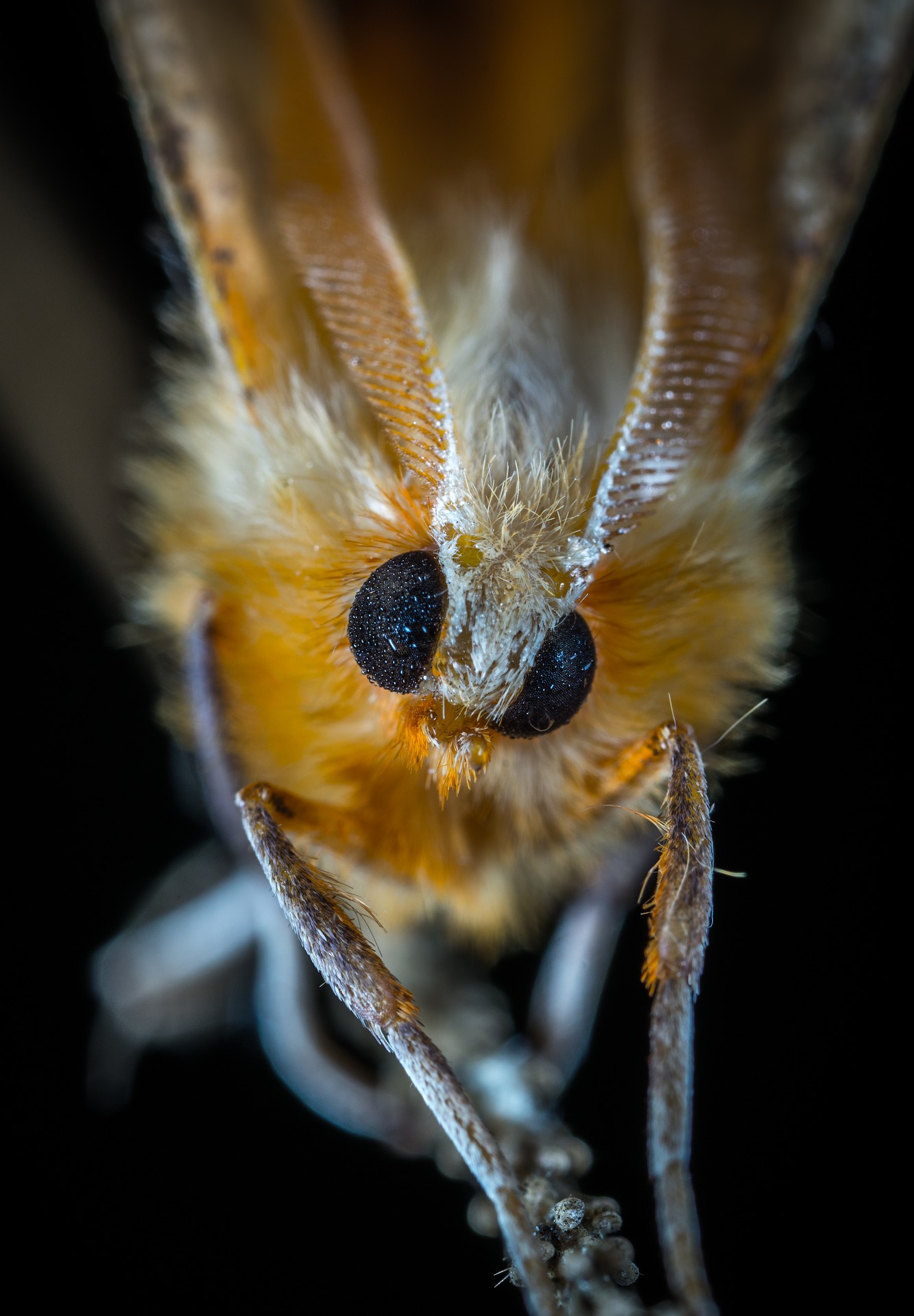Nothing is more irritating than having dry foods and having an Indian meal moth in it. This is a common occurrence here in Wichita Kansas. The Indian meal moth has an interesting life cycle. It is described as metamorphosis. This meaning they are like a caterpillar. They go from an egg to a larval, then to a pupal and then the adult stage. An adult moth is pretty small just measuring about 3/8 inches long with a wingspan of about 5/8 inches. Their wing color is usually gray but the rear half or the wing is a brown or bronze color.
The wing pattern allows Indian meal moths to be distinguished pretty easily compared to other house moths. During their larval stage they are usually a cream colored or sometimes a yellow ish green, or a pinkish shade. The head is a dark brown. When the larval are reaching the pupal stage, they are usually seen on walls and where the wall and ceiling meet.
The Indian meal moth tend to infest a wide range of dry foods. This can result in dry pet food, cereal, bird seed, dried soup mixes, pasta, rice, spices, dried fruit, and much more. The food that is usually less infested is chocolate and dried flowers. If you think you may have an infestation problem, make sure to check in dried plant and dried flower wreath arrangements. With this wide range of food this explains why this pest is considered to be the most common stored-food pest in homes and grocery stores. Indian meal moths are not known for transmitting any dangerous diseases or for biting or stinging people. Their eggs and larvae, however, are very damaging and will contaminate food sources found within your home; once contaminated, the food will need to be discarded.
It is possible for adult Indian meal moths to enter your home through cracks found around exterior windows and doors; however, it is more likely that they were introduced into your home from already infested products. Indian meal moths are commonly introduced into homes in food that was purchased from stores whose packaging had small rips or tears in it or in packaging that was infested at the packaging plant.
Some signs of infestation to look out for are the adults tend to fly in a zigzag motion instead of a straight direct flight line. Adults can be tricky and actually fly to distant rooms in a house to distract you from the infestation. They try to trick humans into thinking they are a clothing pest. Do not fall victim to their schemes. If you think you may have an infestation on your hands call your friends at All Star Pest Control. Our trained professional staff can help dispose of the infestation and help you prevent more from happening. We make sure the problem is solved correctly the first time. So, do not hesitate, give us a call today and we will help you become infestation free!

